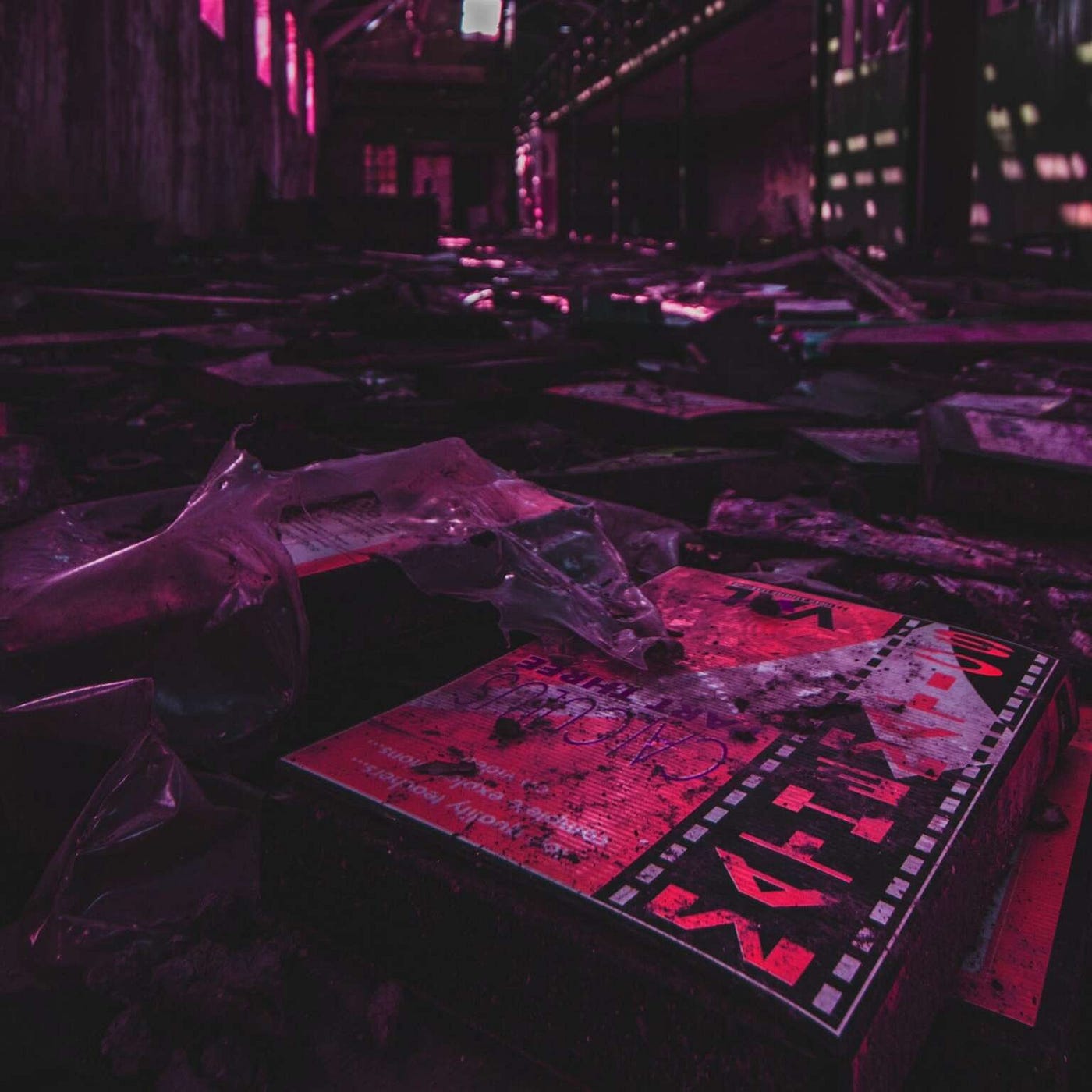
Time and time again, I write to you with an ambivalent feeling towards the club scene. Nightlife and parties have the full capability to theatrically transform and delight their audiences, as creators like Adam Aleksander have shown. The “happenings” of the 1960s and all-night discos of the 1970s are just as much the parents of immersive theatre as proto-immersive shows like Fefu and Her Friends. Their spirit lives today in clubs like the notoriously exclusive Berghain in Berlin, offering full sensory experiences as a monument to hedonism, everything from orgies to ice cream. However, I still struggle to see most “immersive” nightlife offer anything more than a layer of pretense on top of a dance party. You can wear as many costumes, shoot as many lasers, and blow as many bubbles as you want, but without a point of view, you’re pretty much just a rave.
Kathe Koja’s Dark Factory imagines something more out of immersive nightlife and finds its soul somewhere between Berlin and Mountain View, California, showcasing a riotous future during the advent of full sensory augmented reality, referred to as Y. Slip on a “tiara”, often concealed in elaborate masks that make up one of the book’s central motifs, and slip into a shared world with every sensation designed and selected by someone programming that reality.
If you could see, hear, feel anything without danger to the physical self, what new and outrageous sensations would we pursue? Think of the silent discos that were a brief trend of the pre-pandemic era, giving headphones that let all revelers dance to the same music in an otherwise pin-drop quiet room, and extend that to a full silent bacchanalia. Koja goes so far as to imagine clubbers eager to perceive each other in flagrante delicto, but find it supremely distasteful when a handful of people take off their tiaras (and the rest of their clothes) and attempt it in the physical space.
Dark Factory primarily follows Ari Regon, floor manager at Dark Factory, the titular club, responsible for deftly shaping the vibes and vision of the revels, and Max Caspar, a surly immersive designer, trying to carve his way through an augmented reality future to create analog works that speak to his vision of true reality. Complicating their lives are Marfa Carpenter, a reporter chasing a hot scoop, and Felix Perez, an international celebrity DJ and potential romantic entanglement for Ari.
What serves as both the primary draw and challenge of Dark Factory is its dense forest of poetic language. Time, space, and causality become muddy under a deluge of stream-of-consciousness evaluations. If the present tense narration and second-person perspective interludes of The Night Circus gave you pause, then the constant shifting of tenses, perspectives, and italics is likely to bury you before you truly even start to read.
(Plot Details to Follow)
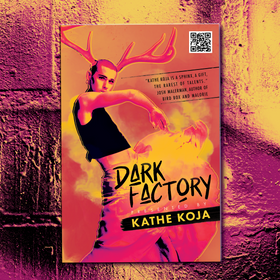
The story opens by exploring the artistic conflict between Ari, fully embracing Y, and Max, rejecting it in his pursuit of aesthetic purity. As Max begrudgingly consults for Dark Factory, Ari slowly teases out that Max is a “high presence” Y user, vulnerable to near psychotic breaks from reality, unsure of what the real world is after entering Y fantasias, but paradoxically more sensitive to moments of shattered immersion. One night, through a combination of Ari’s experience and Max’s new perspective, Dark Factory erupts into a sort of orgiastic hive mind, where all the party goers enter a delightful, if perceived to be dangerous, flow state, which forces the titular club to shutter midway through the novel.
Get Blake Weil’s stories in your inbox
Join Medium for free to get updates from this writer.
SubscribeSubscribe
Having awakened to a sort of visual linkage between all people everywhere, Max begins enthusiastically diving into Y projects, while Ari pursues post-Dark Factory work and romance with Felix, who seems to experience an auditory sensation similar to Max’s second sight. Together, amidst countless subplots and relationships, they try to understand what caused that strange mental linkage at Dark Factory.
While we never get concrete answers, there are subtle hints that perhaps by prodding at the collective unconscious, whether through Ari’s curated Y environments or Felix’s binaural beats, human consciousness can be expanded. It’s all very heady and theoretical, but an elegant metaphor for the way good art makes it impossible not to shift your perspective.
(Plot Details End Here)
You may wonder, having read that, why I felt the need to add spoiler tags to a fairly light plot description. I did so because discovering those pieces takes almost the entire length of the book. Even I can’t be 100% sure, after a handful of reread chapters, that I’ve gathered the plot in its entirety. The book is a challenge, and even when it is comprehensible, it can take ages to explain what happened in chapters long since passed. Only towards the end, presented with a supplemental essay written in universe by one of the characters, did I begin to really feel I had anything close to a grasp on the character’s working theory for what exactly was going on. While I enjoyed the poetry, these supplemental materials, often in plainer language, felt like a relief whenever I encountered them, islands of clarity in a sea of words.
On the note of those supplemental texts, the book is filled with them, to be read either as you find them, or all in one go as supplemental materials, flipping through the book, some real life relics from a fictional world. The marketing makes much of the idea that this is an “immersive” novel, with intertextual play between the book, its website, and a smattering of email addresses for the principal cast.
Admittedly, I didn’t email any of the characters. Perhaps in their European techno clubbing and wild sexual and substance use adventures, they made me feel a bit too uncool to reach out. But beyond that road not taken, darkfactory.club, the website that wants to be the center of the novel’s transmedia, immersive elements, is muddled. Serving as both a marketing platform, offering fan art, contests, and reviews/quotations, and as an ARG style hangout for Ari, Max, and Marfa, suspension of disbelief becomes impossible. Quotes extoll Kathe Koja’s prowess in fiction, before posting a photo by the characters the previous post has declared fictional. This isn’t insurmountable; if the marketing posts were quarantined from the posts inviting us into Dark Factory, it would be much easier to slide into the world of the novel, even if current opportunities for engagement seem a bit shallow.
I will say, though, that Koja, as an experienced creator in the Detroit immersive scene, gets immersive people. What makes this book a valuable read to the immersive community isn’t the admittedly wonderful poetry, ARG-like elements, or puzzle box of a plot. It’s the deep understanding of what makes the community tick. Ari perfectly encapsulates the way personalities relentlessly emerge in immersive design, defining times and places as they take over a space and invite you into their mind for a moment. The bitter rivalry between Max and Ari, devotees of different forms and mediums, all arguing about which is the “true” art, are familiar to anyone who’s had a late night drink with an enthusiast bitter about the latest trend supplanting their most beloved style. Koja even lampoons and explores the bizarre, often seen games of pacifying the ego of older financiers, whose desire to be cool is the only reason they haven’t pursued the many, far simpler ways one can make money.
Earlier, I alluded to Dark Factory reading like a dense thicket, requiring perseverance and grit to get through. I don’t want to give the impression this book is to be endured more than enjoyed, though. Consider the way Dark Factory elegantly captures the beauty in sensorial pleasure, everything from an all night party to a lovers embrace to coffee and greasy noodles, and the ease with which it recognizes and loves every quirk and eccentricity of our small, if growing, world. Perhaps the thicket is more a hedge maze, twisting and easy to get hopelessly lost in, but delightful all the while.
Dark Factory releases on May 10th and is currently available for pre-order as both an e-book ($9.95) and print package ($17.95) direct from the publisher and also from retailers.
Discover the latest immersive events, festivals, workshops, and more at our new site EVERYTHING IMMERSIVE, new home of NoPro’s show listings.
NoPro is a labor of love made possible by our generous Patreon backers. Join them today!
In addition to the No Proscenium website, our podcast, and our newsletters, you can find NoPro on Twitter, Facebook, YouTube, Instagram, in the Facebook community Everything Immersive, and on our Discord.


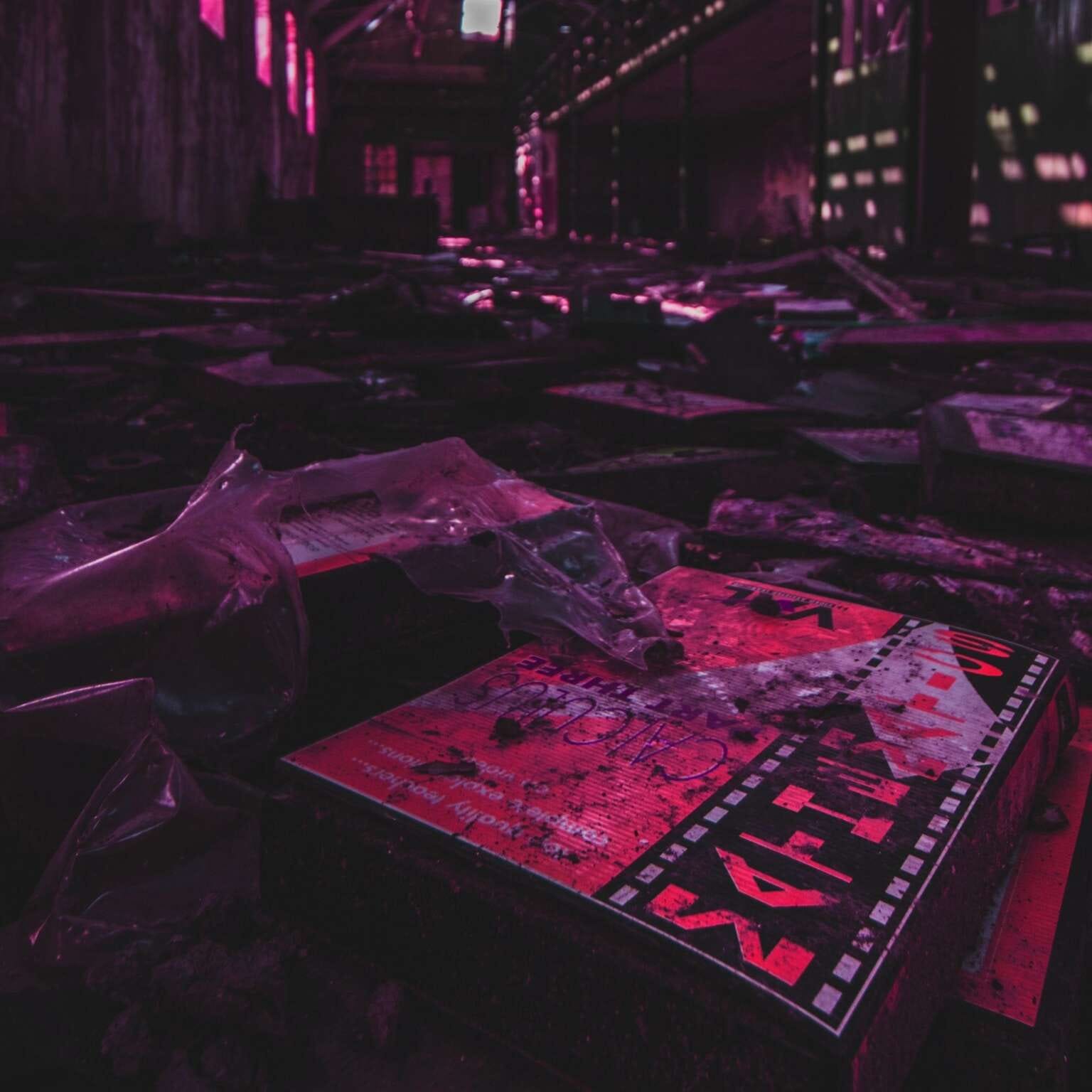





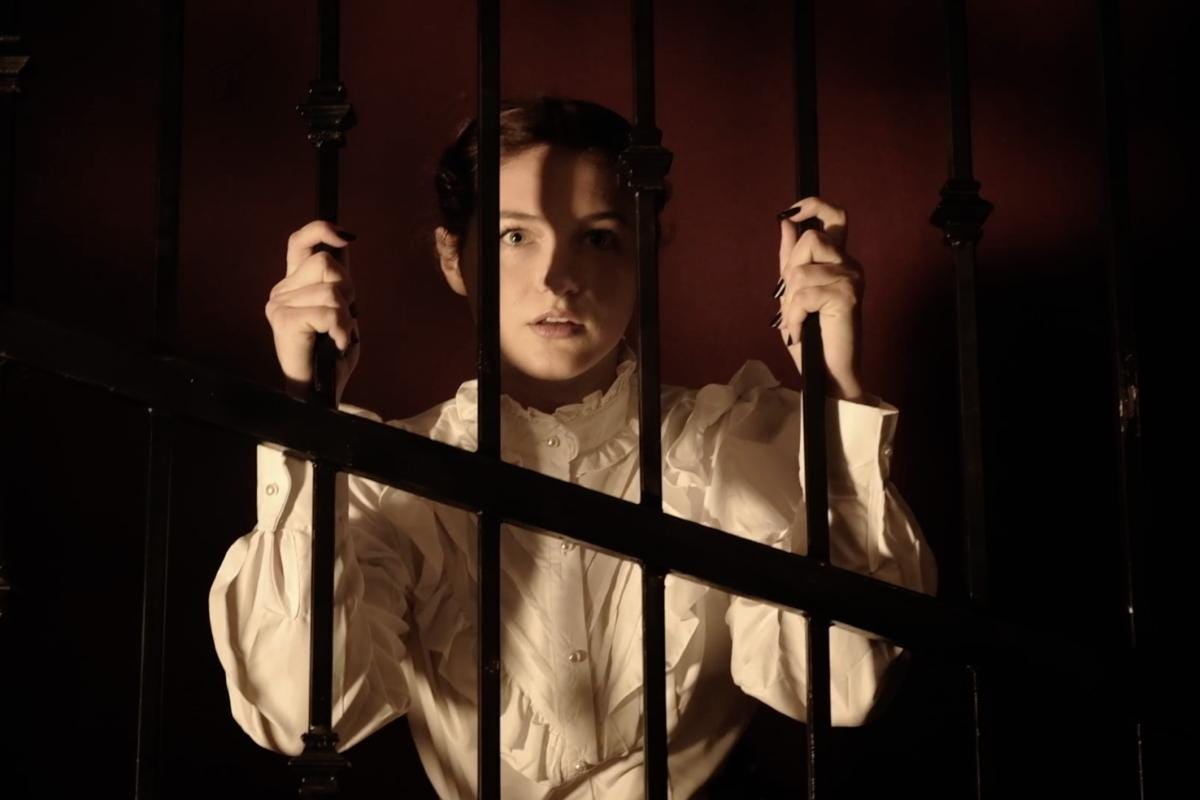





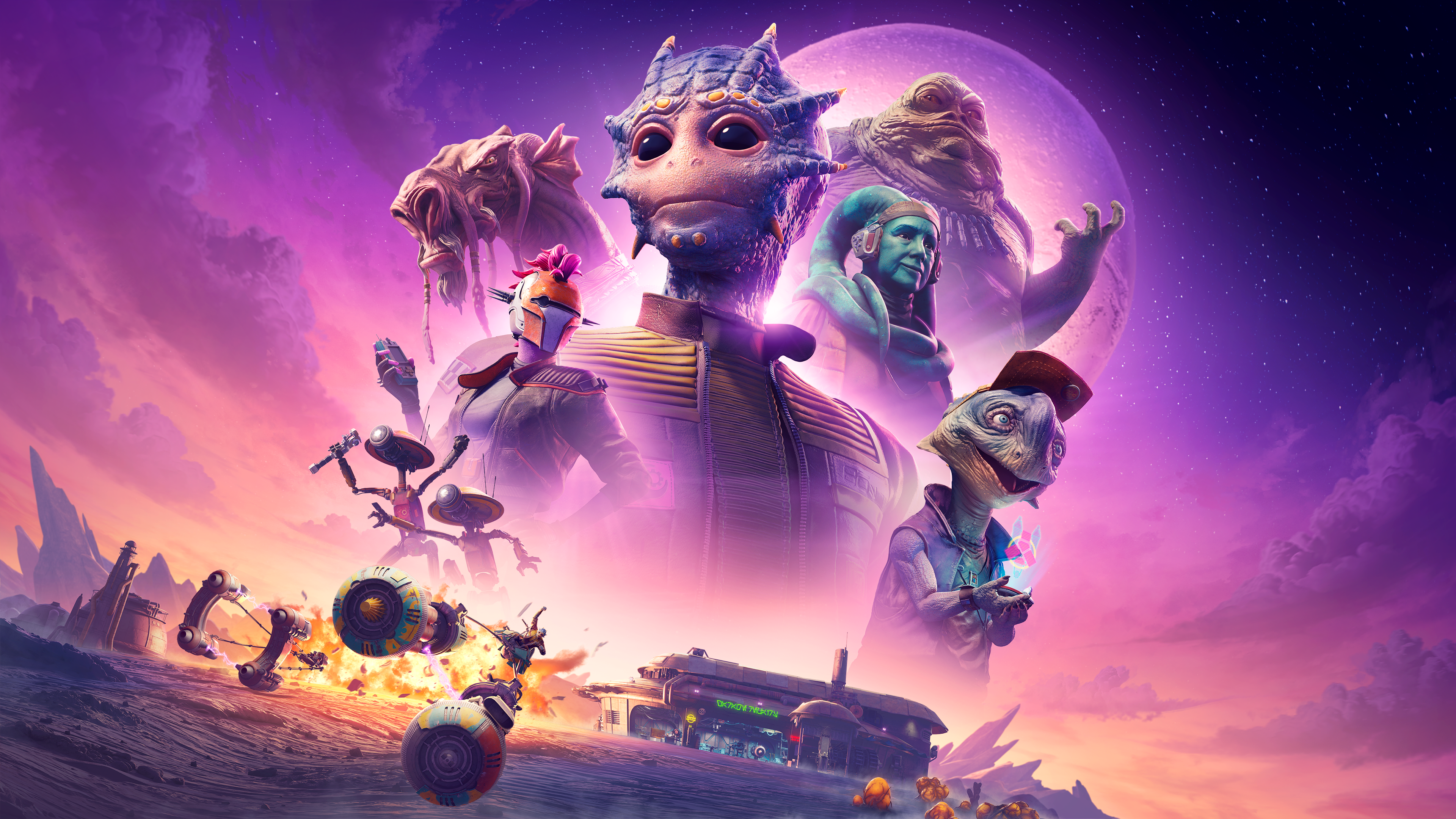
Discussion